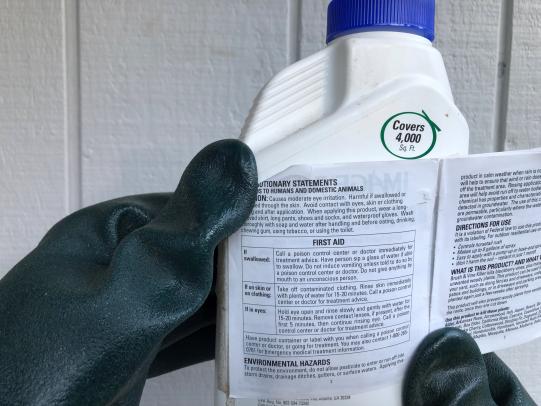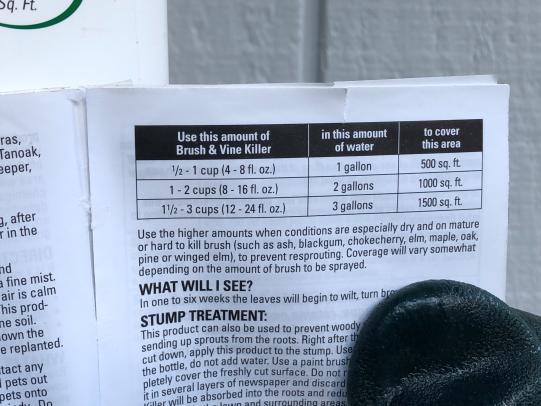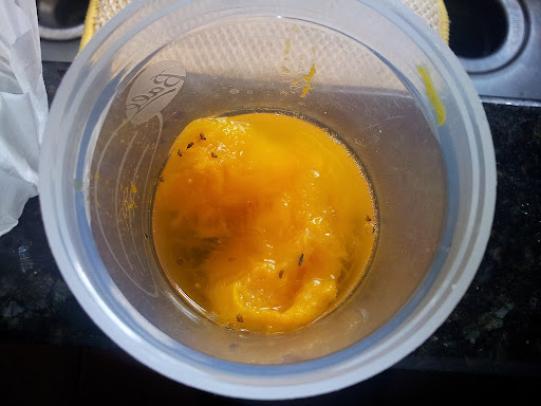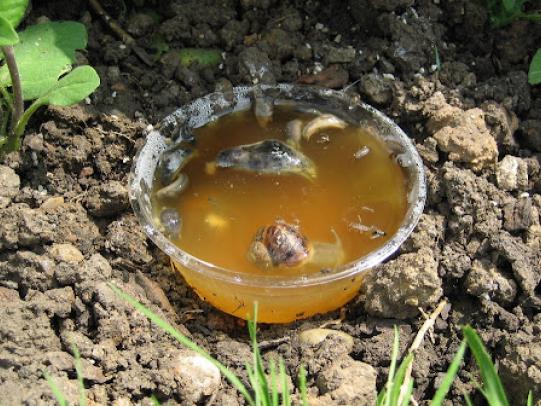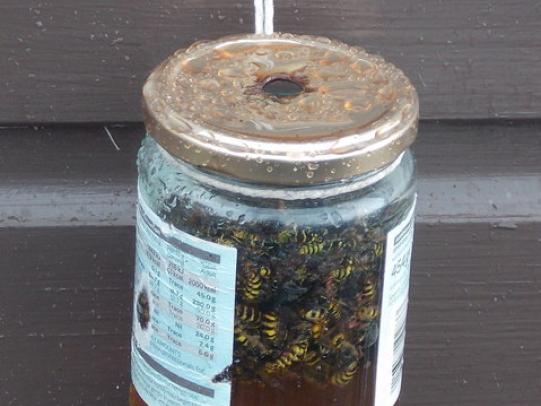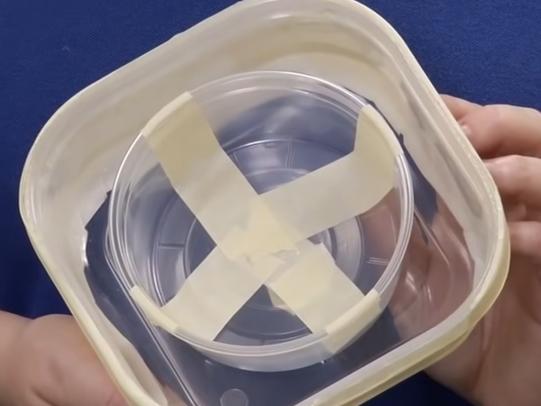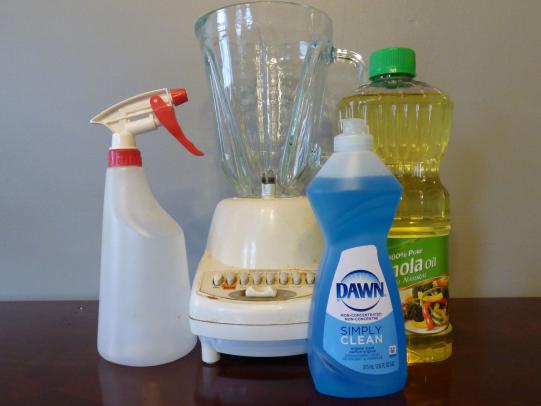The photo shows a worker applying a pesticide to a lawn. The worker is wearing gloves, long pants, and closed shoes to minimize exposure.
What are Pesticides?
Pesticides are products designed to kill rodents, weeds, mosses, insects, plant diseases, slugs, and snails. Household disinfectants such as bleach and ammonia are considered pesticides. Flea-killer products are too.
JUMP TO
FOR QUESTIONS ABOUT PESTICIDES
The National Pesticide Information Center (NPIC) can answer questions about pest control chemicals.
1-800-858-7378 or npic@ace.orst.edu
Overview
- All pesticides have the potential to cause harm when used carelessly.
- Consider stepping back to look at other options for controlling your pest problem.
- Even essential oils and soaps can be harmful to the skin and eyes. Some people may be allergic.
- Children, pregnant individuals, and the elderly are more sensitive to toxins.
- The dose makes the poison. Even water is harmful in high enough doses. Small quantities of extremely toxic substances can cause harm.
- Take steps to minimize exposure to pesticides.
Keys for Success
- Avoid concentrated pesticides. Mixing pesticides poses risks of exposure.
- You can avoid mixing pesticides by selecting products that are ready-to-use.
- To maximize a product’s effectiveness, follow the label directions closely: no more, no less.
- Avoid restricted-use pesticides. They are identified with the words “Restricted Use Pesticide” in a text box on the front of the label. Restricted-use pesticides require a pesticide applicator’s license to buy/use them.
All pesticide products carry some degree of risk to people and the environment.
The risk of pesticides depends on:
- Exposure—How much chemical you’re exposed to
- Toxicity—How poisonous the chemical is
To learn more, see Understanding Pesticide Risks (National Pesticide Information Center).
How to Minimize the Risks of Pesticides
- The lowest risk comes with using no pesticide(s) at all.
- You can minimize the need for pesticides by using Integrated Pest Management methods. IPM examines the benefits and risks of control options to determine which method(s) to use for your situation. See Integrated Pest Management (NPIC).
WHY IS IT IMPORTANT TO READ PESTICIDE LABELS?
- They have detailed information on how to use the product correctly and legally.
- They contain information on potential hazards of the product. This includes instructions you should follow for poisonings and spills.
- They provide information about storage and disposal of the product.
- They offer instructions to help you to minimize the risk of exposure of pesticides to you, children, pets, and wildlife. The instructions also help you maximize the benefits.
When other methods have failed, you can compare products in several ways
1) Look for a pesticide product with the signal word CAUTION on the label.
- That means it would take a lot of the product to poison someone, in most cases.
- It might trigger allergies, however.
2) Look for a pesticide product that carries no signal word, and no EPA Registration Number.
- Some pesticide products with natural ingredients are exempt from EPA registration requirements, including the requirement for a signal word.
- When used according to label directions, many of these products pose very low risk.
3) Look for equipment and supplies that could be used as alternatives to pesticides.
- Consider removing weeds with tools and using mulch and/or landscape fabric.
- For insects, consider netting material to exclude the pests. Use sticky traps and traps with lures.
- For plant disease control, think about ways to increase air flow in your plantings with supporting structures (trellises), fans, or other methods.
- For rodents, look at the selection of traps, Xcluder® cloth for plugging entry points, and wire mesh to exclude them.
These organizations have shared lists of lower-impact pesticide products
Grow Smart Grow Safe
Thurston County, Washington
Reduced Risk Pesticide List (PDF)
San Francisco Department of the Environment
Directory of Least-Toxic Pest Control Products (PDF)
Bio-Integral Resource Center
Less-Toxic Product List
Our Water, Our World
Pesticide Product Toxicity Ratings (PDF)
City of Austin, Texas
Please don’t use recipes from the internet to mix your own pesticides
- You could put your family and the environment at risk.
- Registered pesticides have been tested for their toxicity to people, wildlife, and the environment. Label directions are based on those tests, to protect sensitive sites and organisms.
- Your home-made pesticide could pose more risk than a registered pesticide product.
Here are some of the risks of homemade pesticides
- Too much salt can sterilize the soil for a long time.
- Highly concentrated soap solutions can burn plant foliage and cause harmful runoff.
- Vinegar solutions can cause irreversible damage to the eyes.
- Essential oils can be highly irritating or worse for individuals with allergies.
When you mix a home-made pesticide, it could:
- Create toxic fumes
- Stain or destroy your belongings
- Burn through the container and spill
Content provided by Kaci Buhl and Weston Miller.
Peer reviewed by OSU Department of Horticulture.
Pesticide Safety & Efficacy Resources
Low-Risk Pesticides
National Pesticide Information Center
Minimum-Risk Pesticides
National Pesticide Information Center
Do-it-yourself Insect Pest Traps
University of Florida Extension
Bed Bugs
National Pesticide Information Center
Safe Use Practices for Pesticides
National Pesticide Information Center
Data Requirements for Pesticide Registration
National Pesticide Information Center
Regulating Pesticides Through Risk Assessment
National Pesticide Information Center
